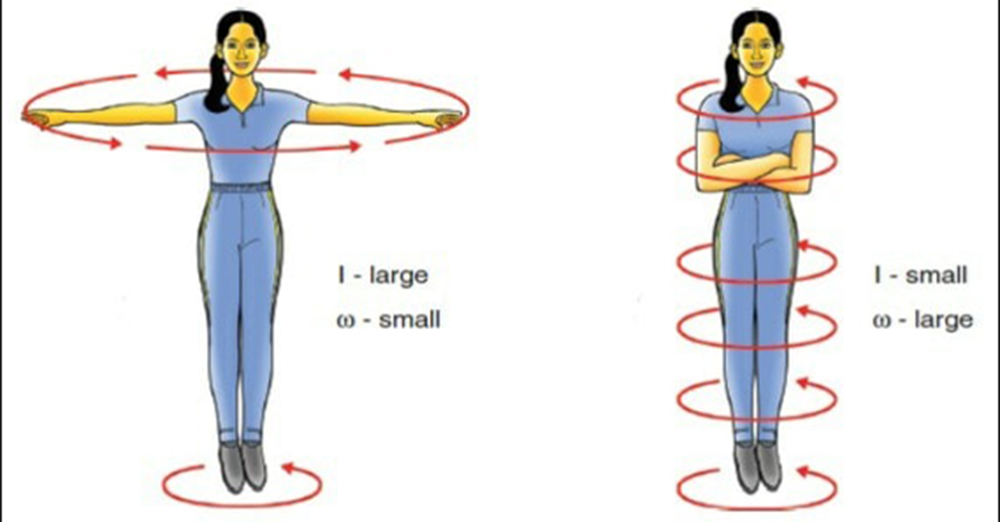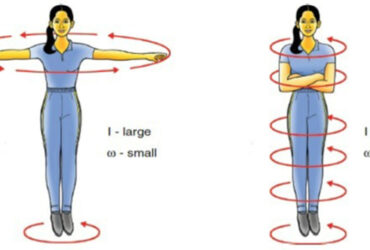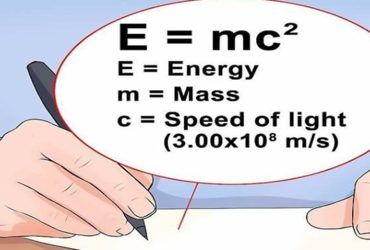The concept of energy is not a new concept for us. We eat food every day. Food comes from energy. We reuse it. It’s like a daydream. Energy is not just as important in personal situations as eating. We are also using energy in the environment. of course. It is the transformation of energy. In hydro power, hydropower is used to run turbines and convert them into electricity. Take, for example, a nuclear reactor. It may contain uranium or plutonium. From there, heat energy, Thermal energy is used to convert water into water and to power turbines. From here, electricity is used step by step. Physically, work done is the transformation of energy.
In fact, Galileo first came up with the idea of energy transformation. Pull the scale with a rope and hold it by the rope. The scales will fall off. This is because the earth is the gravitational force on the scales. If you pull the hanging scale to the side, it has potential energy. It can be called PE = mgh affirmative energy because it is located somewhere against the gravity of the earth. When the scale is released, the scale shifts from static energy to kinematic energy. In this way, the energy is transferred in a uniform harmonic angle. But at some point, it stopped.
It stopped because of air friction. Air friction destroys the kinetic energy of the scale. In a vacuum with no air friction, the scale will vibrate until the external force is applied by exchanging two sets of kinetic energy. This is the first time I’ve noticed energy exchange, and it makes it even more obvious that the total energy of an existing system (shutdown) is indestructible and non-renewable. In fact, energy is everywhere. Even in the matter, it has bound energy. That’s why when that substance disintegrates, the binding energy is released. Einstein’s E = mc² roughly indicates the release of energy E when the material at m breaks.
Like energy, what stays in a closed system is momentum. Momentum is a force multiplied by velocity and mass. How much effort you put into slowing down an object depends on the momentum. It depends on the mass and the velocity, which is interesting. For example, a toy car driving at 60 miles per hour does not kill you, but a truck does. Momentum is a vector of velocity. Because it has both direction and volume. Take, for example, a car traveling 60 miles an hour eastward. 60 miles per hour is the magnitude of the velocity, which is the east direction. Momentum is just like energy. It is exchanged both in quantity and in direction. For example, when two billiards balls collide with red and green, red exchanges the green’s direction and magnitude, and green do the same thing.
That’s why the bubble is spreading this way and that way. If you hit a standing ball, it will move in the same direction with momentum. The reason why the car does not move when it hits the pole is because of the mass of both the car and the pole. But as a result of the rush, the valley is ruined. Here, instead of the whole car, there are molecules on the front of the car. You should visualize the molecules on one side of the pole. Collisions can also produce energy stability in collisions. There are two types of collisions. Elastic and inelastic. It is known that the total energy (kinetic energy) is the same when objects collide with each other. It is obvious that the novels are fully resilient. In non-renewable matter, it is transformed into another energy. For example, throw a stone. It rang loudly. It turns into sound energy. When it falls, it vibrates the air molecules and creates waves to carry energy. It is heard as a sound when it reaches the ear. It can be called sound energy.
There are two types of momentum. The above momentum is called the linear momentum. This happens in a straight motion. Rotational movements take into account angular velocity and moment of inertia. The moment of inertia is mass. Mass inhibits acceleration in a straight motion, and a moment of inertia interferes with rotation in rotation. For example, in the case of conservation of angular momentum, let’s say a person is spinning. Holding both hands together is faster than stretching both hands. When stretched, the moment of inertia is higher, so the angular velocity is lower, and when stored, the moment of inertia is lower and the angular velocity is higher. This shows that the angular momentum is stable. Closed systems and energy; The principles of momentum stability are some of the most useful fundamentals in the study of relativity and quantum physics, and in the real world, engineers are often considered when designing various devices.













